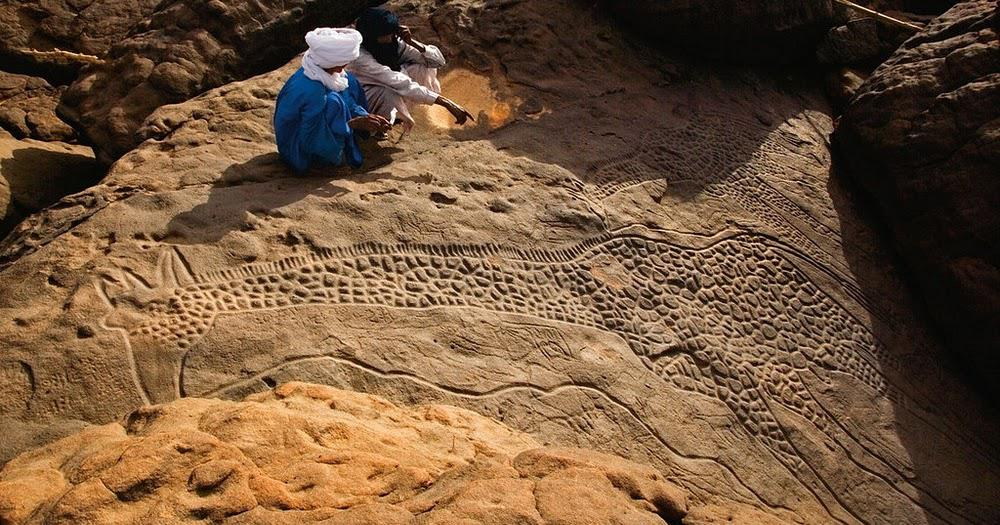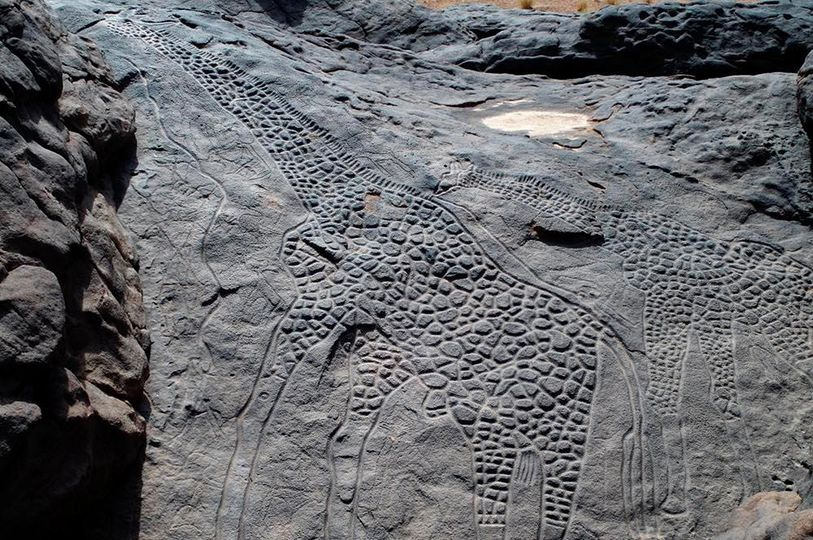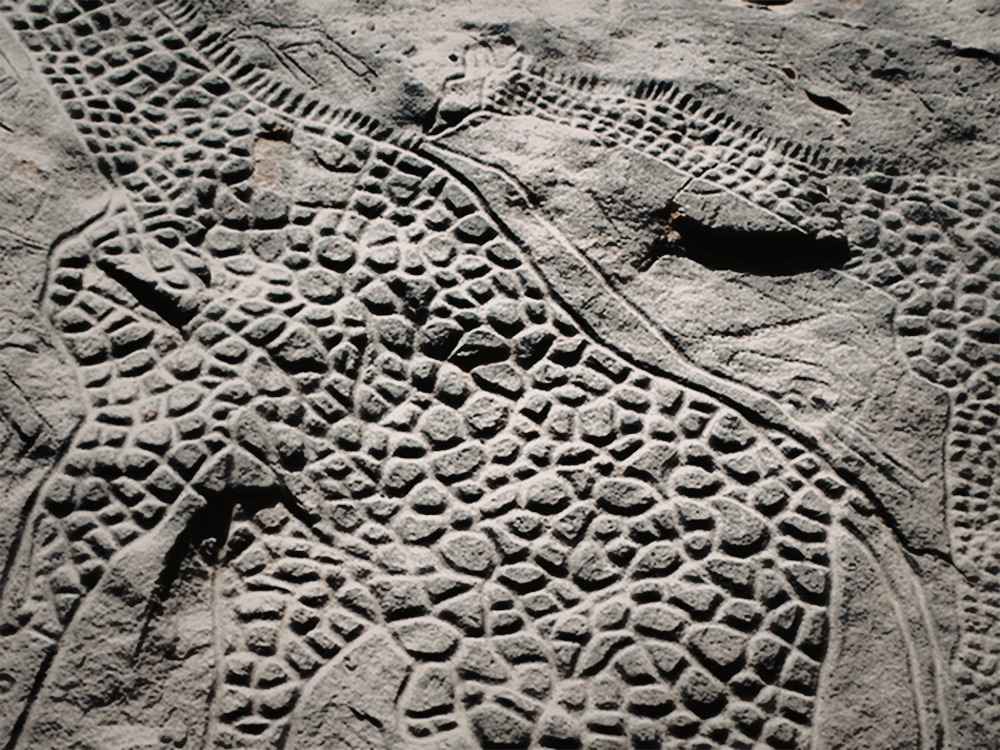The Dabous Giraffes: A Timeless Connection Between Man and Nature
Over 9,000 years ago, when the Sahara was a lush, green savanna, ancient artists carved a scene that would endure millennia: two towering giraffes, etched into the rocks of what is now Niger’s desert. Hidden in the rugged Aïr Mountains, the Dabous giraffe carvings transport us back to a time when the Sahara was teeming with life, and humans and animals coexisted in a fertile landscape far different from today’s arid expanse.
The carvings, depicting two life-sized giraffes with one guided by a small human figure, serve as a mesmerizing reminder of how vital these animals were to the people of that era. Each giraffe stretches over 18 feet in length, a size that speaks to both the artists' ambition and their reverence for the creatures. The intricate carvings, from the gentle slope of the giraffes' necks to the attentive postures of their heads, capture a moment of interaction between humans and the wildlife that once roamed this savanna.
These giraffes, carved with care and precision, symbolize more than an artistic feat—they embody an era when the land sustained both people and animals in abundance. Scholars believe the carvings may have been ritualistic or symbolic, representing the connection between people and nature, or possibly even a call for prosperity and harmony. The figures hold clues to the daily lives, beliefs, and values of the ancient people who inhabited this once-green Sahara.
Today, the Dabous giraffes are considered among the most significant examples of prehistoric rock art in Africa, if not the world. Their existence reminds us of the Sahara’s forgotten vibrancy, a lush realm transformed over millennia by changing climates. What we see now as an endless stretch of desert was once a landscape of rivers, grasslands, and thriving ecosystems. The Dabous carvings are not only art; they are portals to the past, offering a rare glimpse into a world lost beneath the desert sands.
As the winds erode the stone, the carvings face a fragile future, yet their significance remains etched in history. They remind us that landscapes are not eternal—they evolve, and with them, so does humanity’s relationship with the natural world.
The Dabous giraffes invite us to ponder our place in the changing environment, a reminder that even the grandest ecosystems can transform dramatically over time.












